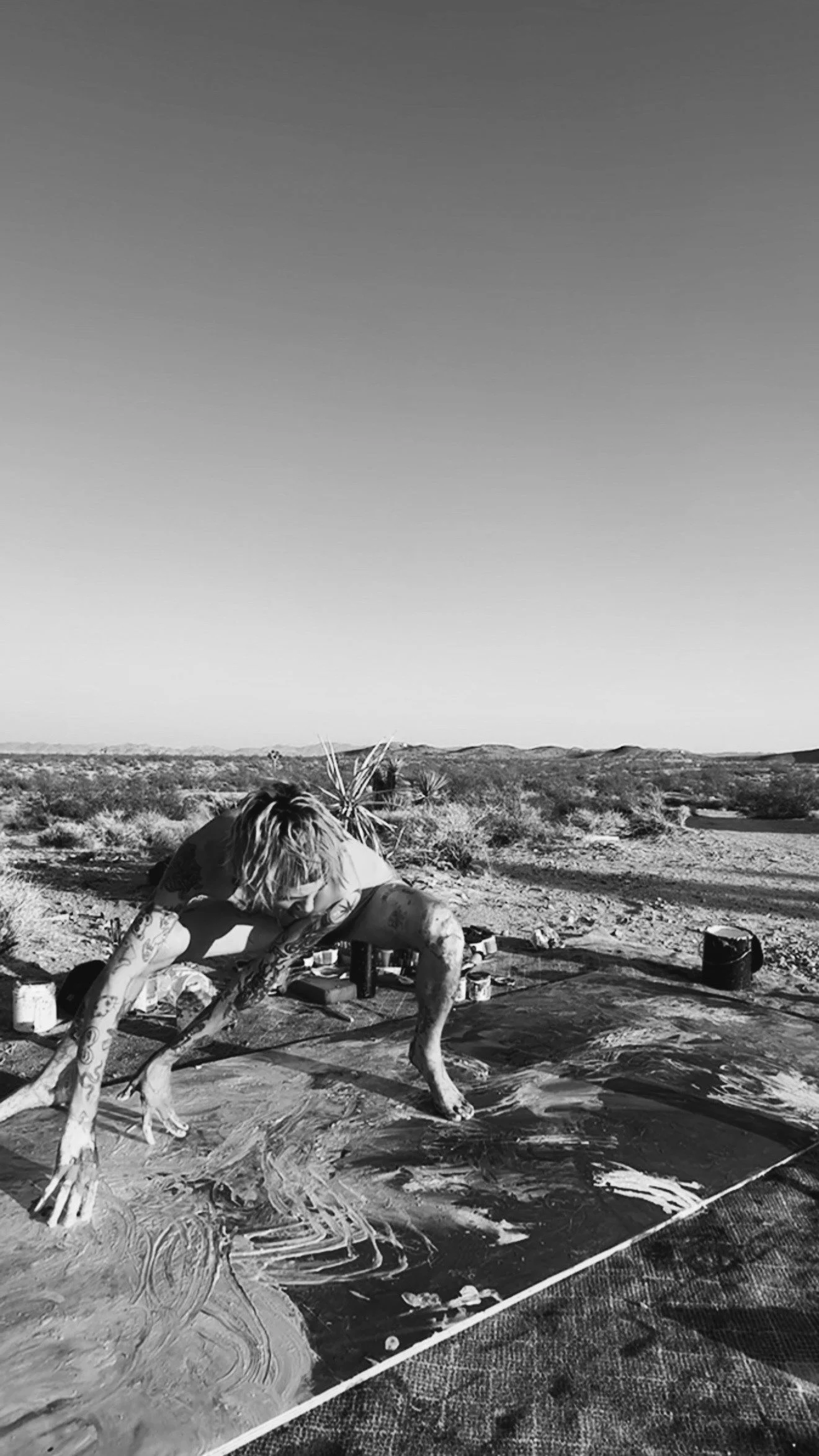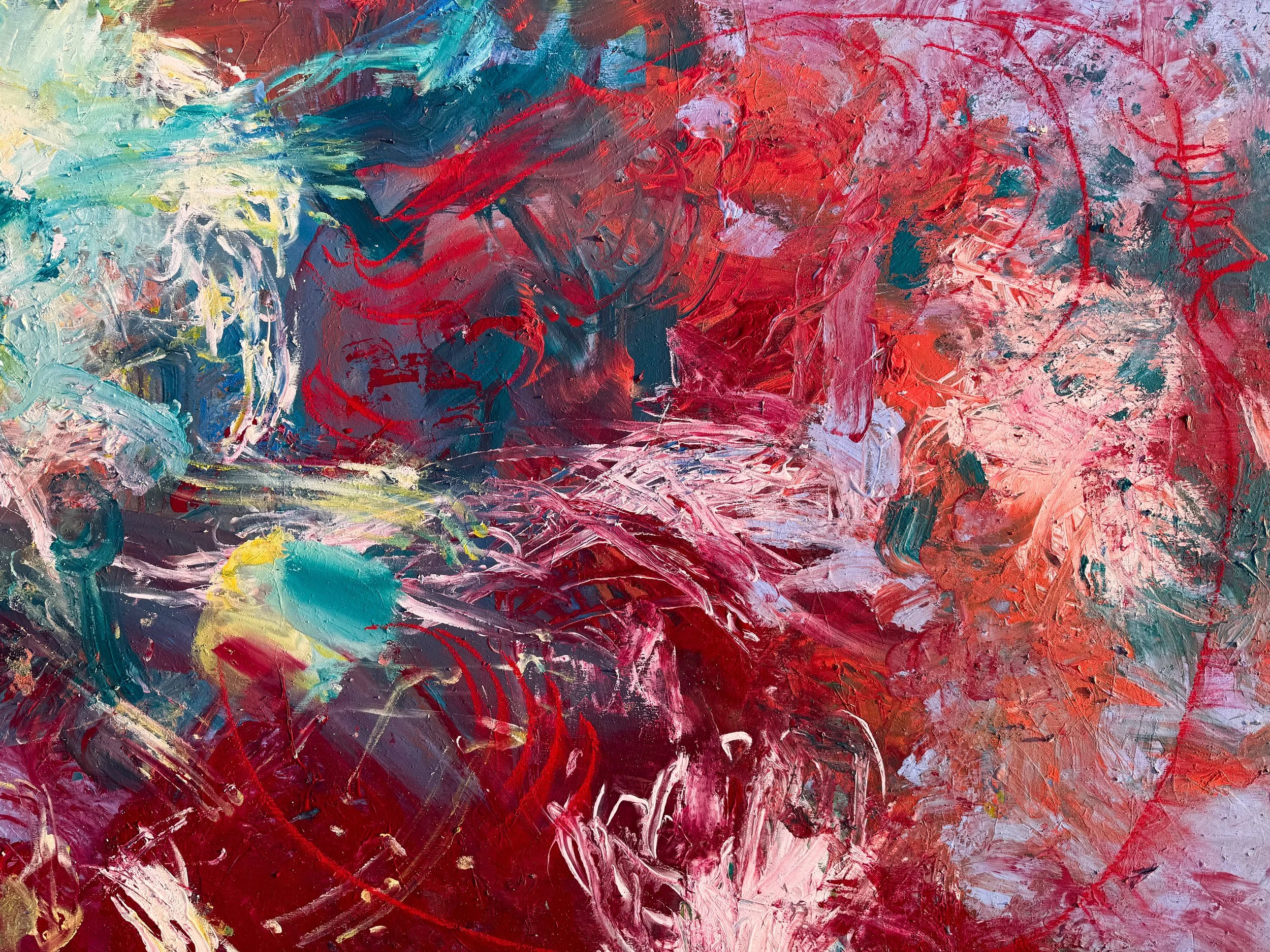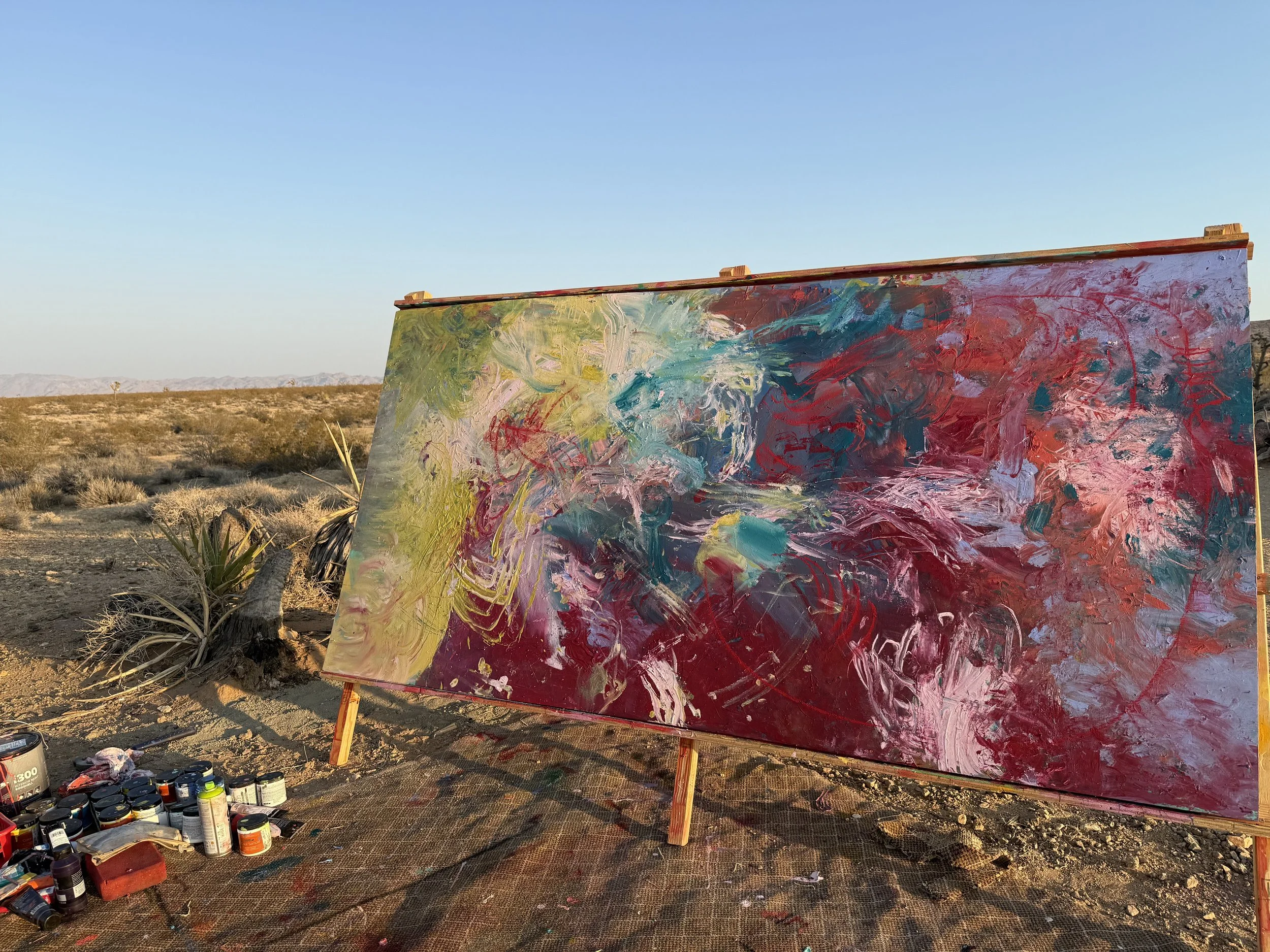Body Language
Subtle gestures of Body carry more truth than awareness ever will. Maybe, it’s for that reason that I’ve always been interested in sensuality, erotic expression and taboo—not just as spectacle, but as a kind of hidden-in-plain-sight, paradoxical reality.
I study Body Language because it’s honest. It reveals our true feeling in the most beautiful ways. In this process of creating conceptual paintings, I’ve discovered, within myself, an incongruence in composition of Mind, Body, and Spirit.
My desire in this work is to make visible Body’s reality and communicate the dynamic of that reality within the framework of simultaneous political, economic, cultural, interpersonal, and biological realities, which must be understood in a manner which is action oriented and functioning as a reprogramming tactic.
The method, rooted in Taoist and Zen teaching, is straightforward: the simultaneous gathering and engaging of all senses as one, especially those unnamed, obscured, and deeply hidden. What interests me specifically about this approach, is its emphasis on body autonomy, implied in the Zen principle of mushin, or “no mind,” a state of awareness where mind is conscious, but conscious of nothing. Free from hesitation or judgment, the body gives itself permission to speak freely, revealing the composition of its reality.
When I’m crouched on top of a painting, clothed or unclothed, covered in paint or dirt or latex, I’m able to access an identity which is deliberately primal, sensual, erotic, and most importantly, immersive. There is no mind, there is no separation between body and canvas. I am not on top of a painting, I am the painting. Disguise gives us permission to engage with certain internalized, fundamental mistruths, conditionings, or other pathologies rooted in the nervous system, and re-enter Body in a manner which is incredibly ritualistic, a performance perhaps more compelling to observe than the painting itself.





